U.S. President Donald Trump arrives in Malaysia today for ASEAN Summit 2025 and has sparked significant interest across business and political circles. But beyond the headlines and diplomacy, aviation experts are asking a bigger question could such a visit reignite Malaysia’s aviation ambitions?
Trump, known for his business acumen and ownership of private aviation assets, represents more than politics. His deep ties to the global aviation sector may open new channels for aerospace collaboration, private jet investment, and MRO partnerships between the U.S. and Malaysia.
Gateway to U.S. Malaysia Aviation Collaboration
If realized, Trump’s visit could mark a turning point for Malaysia’s aviation industry. Bilateral discussions may focus on technology exchange, training cooperation, and airport modernization initiatives particularly in Subang and Penang, two key aviation hubs.
Industry analysts believe the visit could attract renewed American interest in Malaysia’s Maintenance, Repair & Overhaul (MRO) sector, estimated to be worth over RM20 billion by 2030. It may also strengthen Malaysia’s appeal as an aviation gateway to ASEAN, leveraging its strategic geography and strong infrastructure.
“It’s a chance to tell the world that Malaysia is open for high-value aviation partnerships from medevac innovation to business jet services and aerospace manufacturing.”
A Spotlight on Malaysian Aviation Strength
High-profile visits have historically elevated Malaysia’s global image and aviation could be one of the biggest beneficiaries. With Trump’s reputation in business aviation, a visit could spur private sector confidence, especially in corporate jet operations, cargo logistics, and flight training centers.
The National Aerospace Industry Blueprint 2030 already positions Malaysia as a leading aerospace player in Southeast Asia. A U.S. Malaysia collaboration could fast-track these ambitions, particularly in aviation sustainability, digital maintenance systems, and pilot training programs.
Looking Ahead
While no formal confirmation has been made, the mere prospect of Trump’s visit highlights Malaysia’s growing role in the regional aviation scene. In a post-pandemic recovery phase, diplomatic engagement can directly influence investor confidence and the aviation industry stands to gain the most.
Malaysia’s aviation future depends on how it leverages such moments transforming global attention into long-term industry growth.
Sidebar: Quick Facts, Malaysia’s Aviation Outlook 2030
National Aerospace Industry Blueprint 2030 Targets
- RM55 billion projected contribution to GDP by 2030
- 32,000 new jobs expected in aviation and aerospace sectors
- Key focus areas: MRO, aircraft manufacturing, drones, and flight training
Malaysia’s Aviation Strengths
- Strategic location within ASEAN, connected to 1.5 billion people
- Competitive operational cost structure
- Home to over 200 MRO companies and 5 major aerospace zones
Existing U.S. Malaysia Aviation Links
- Boeing and GE Aviation partnerships in training and engine maintenance
- U.S. investment in Subang Aerospace Park
- Growing collaboration in air mobility and sustainability initiatives


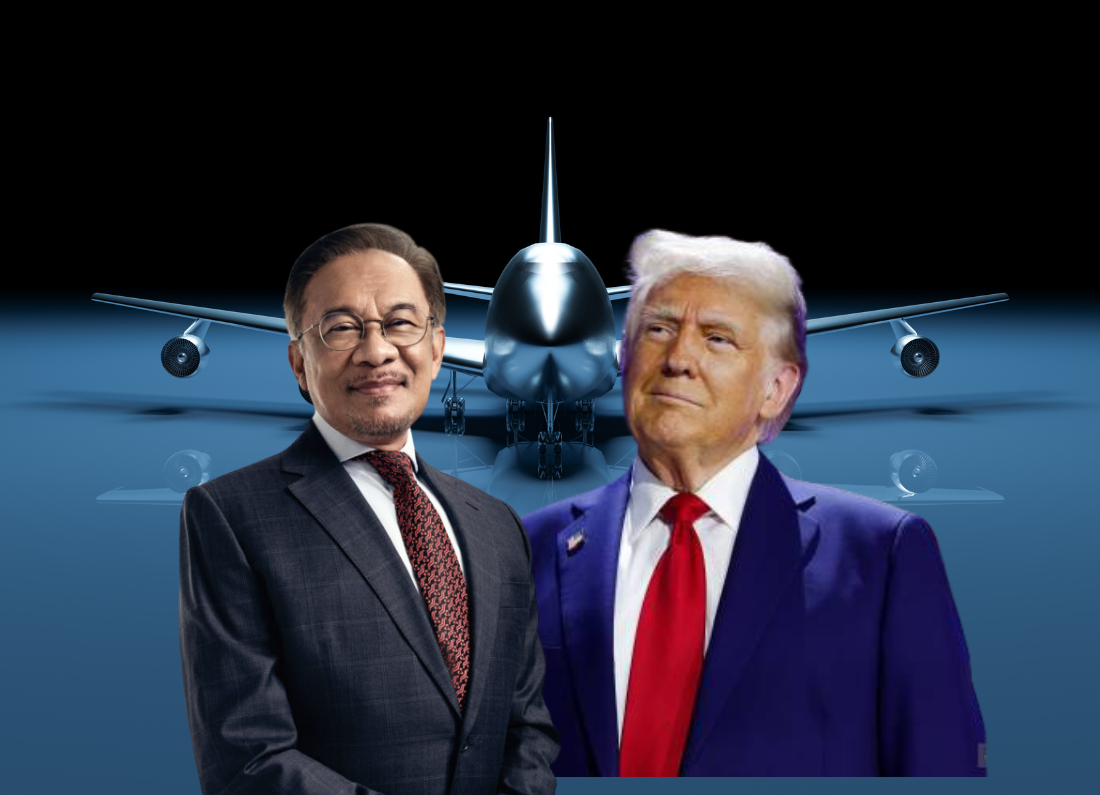

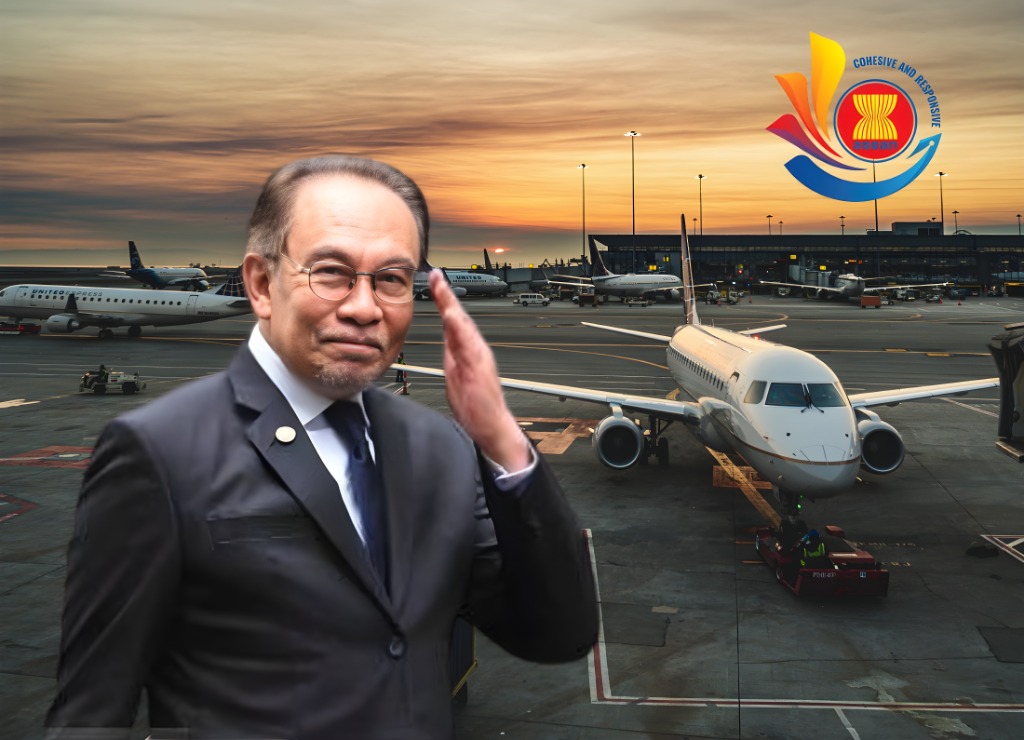

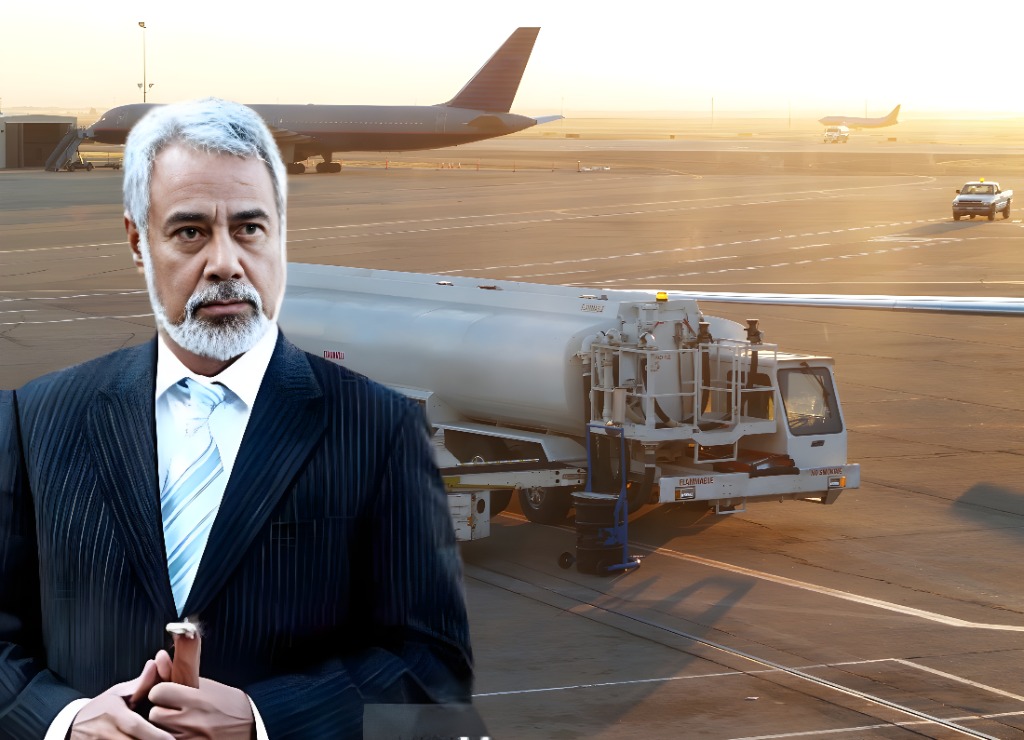
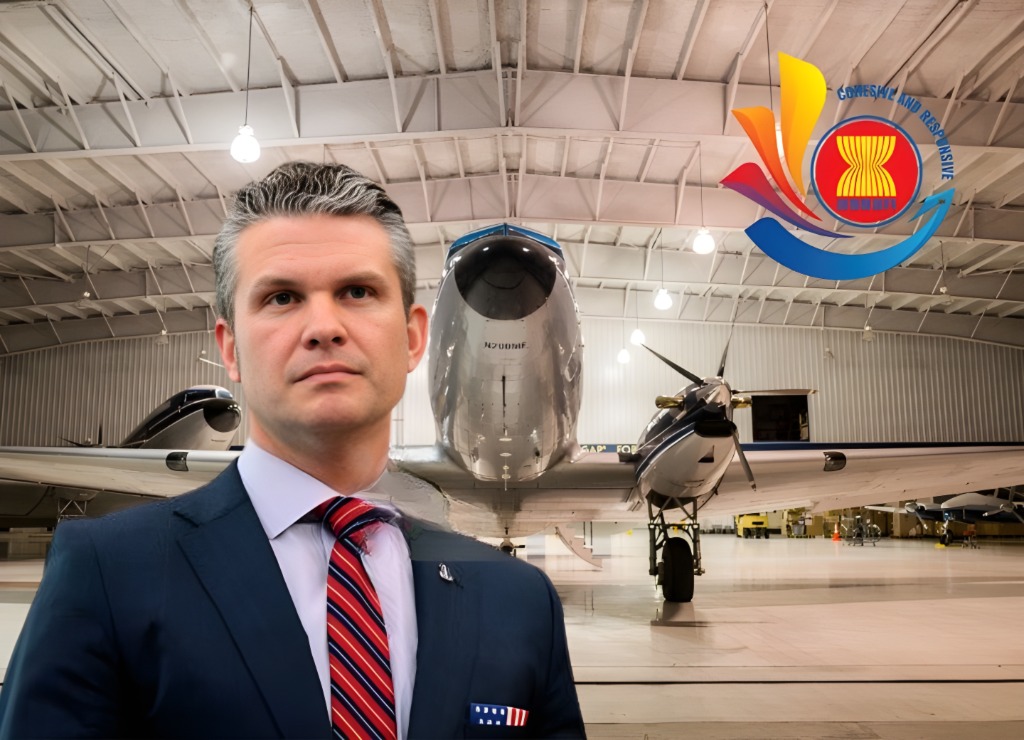

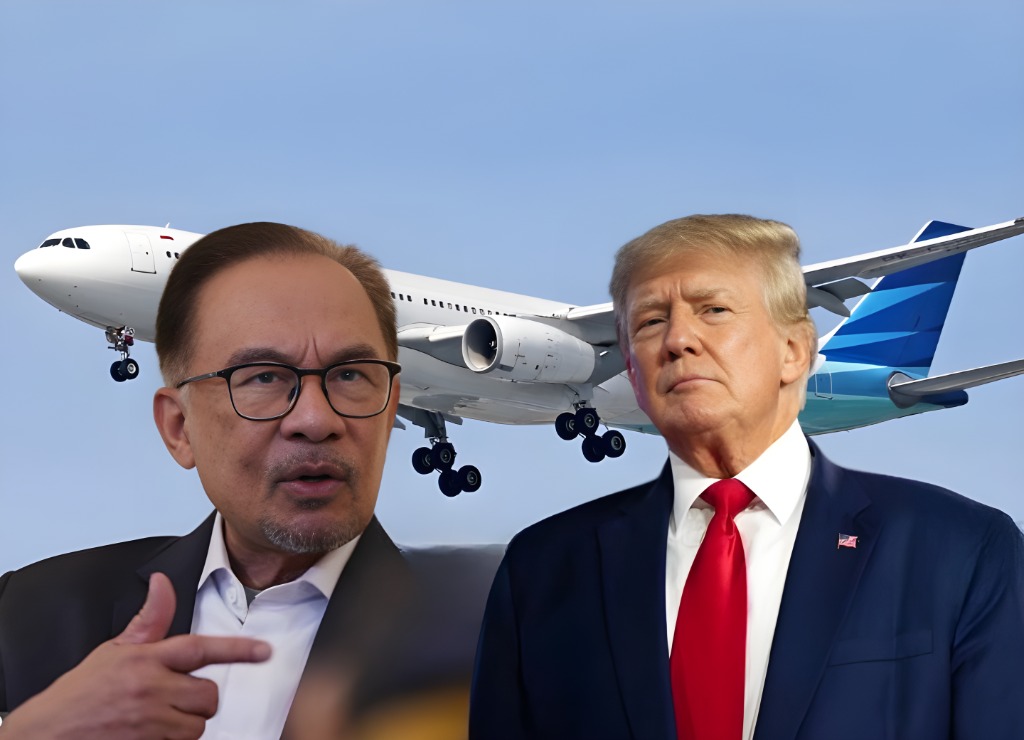
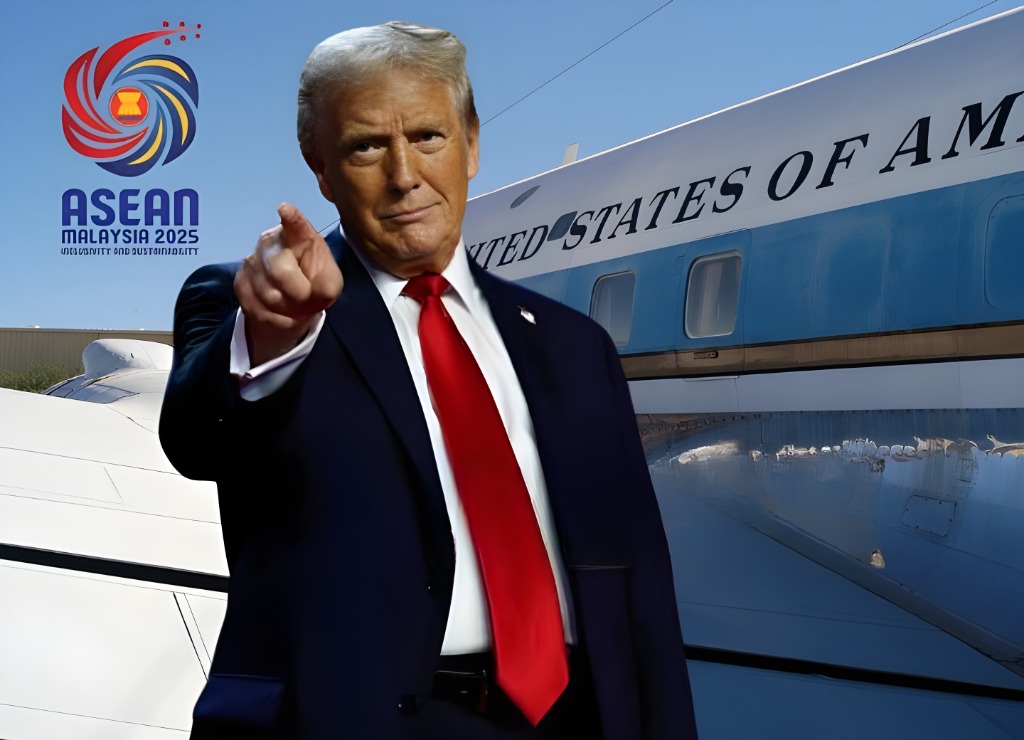
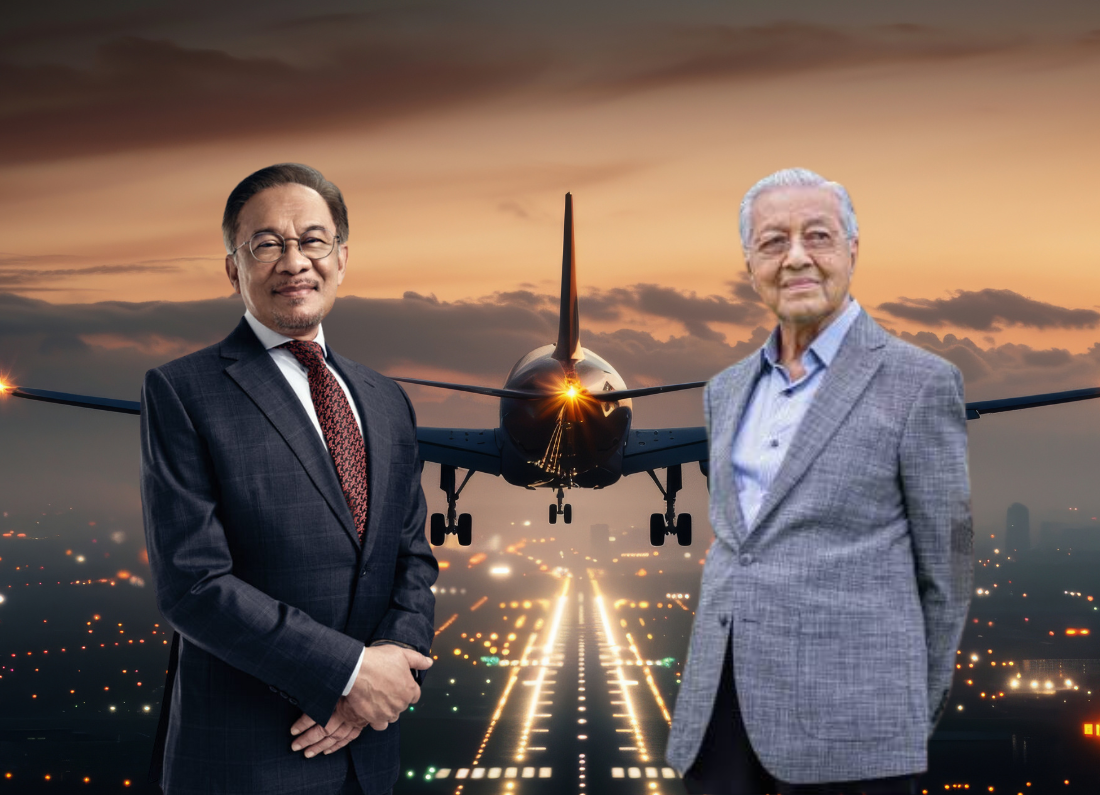



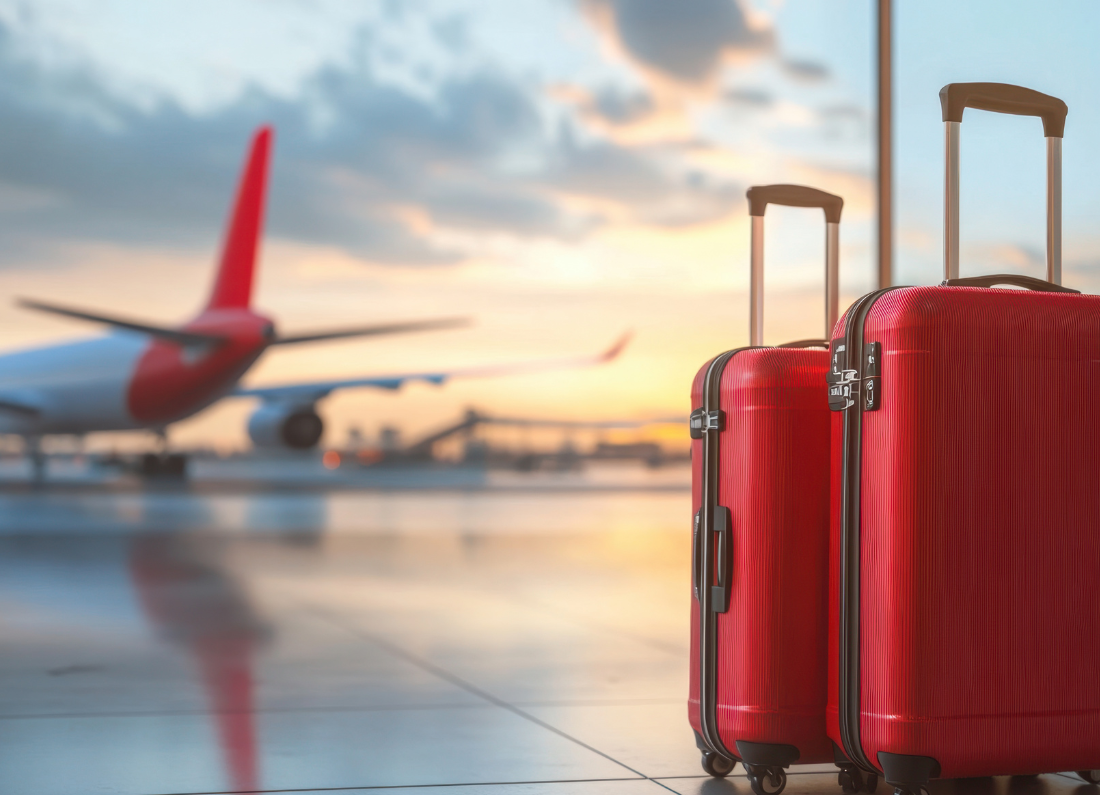

Leave a Reply